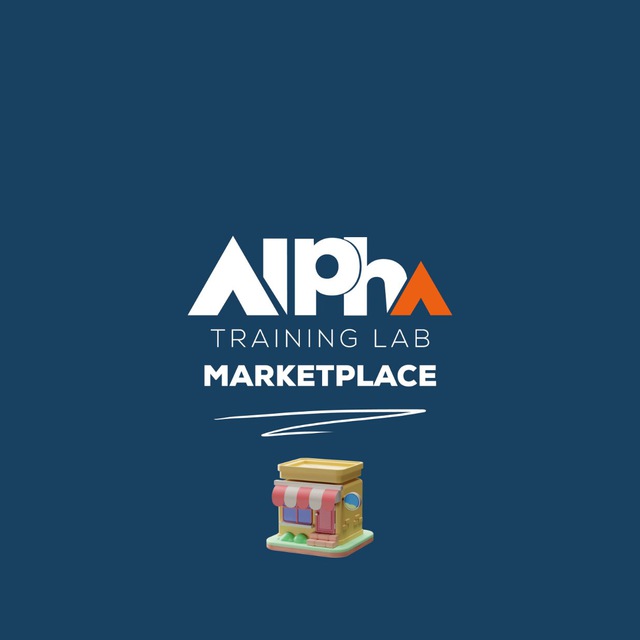Introduction To Blockchain Technology - Beyond Cryptocurrency.

Image from GMO Research&AI

Olushola Ogunkelu
– March 6, 2025
What Is Blockchain?
Blockchain is a distributed ledger technology that records transactions across a decentralized network of computers. Unlike traditional databases controlled by a central authority, blockchain operates on a peer-to-peer basis, ensuring no single entity holds ultimate control. Each transaction is stored in a “block,” cryptographically linked to the previous one, forming an unbreakable chain. This design guarantees:
Transparency: All participants can view the same data.
Immutability: Once recorded, data cannot be altered retroactively.
Security: Advanced cryptography protects against tampering.
While blockchain gained fame as the backbone of Bitcoin and other cryptocurrencies, its potential stretches far beyond digital money.
Key Characteristics of Blockchain
Decentralisation: No single entity governs the network. Decisions are made collectively, reducing risks of corruption or failure.
Transparency: Every participant can audit transactions, fostering trust in industries like finance and public services.
Immutability: Data stored on a blockchain is permanent and tamper-proof, ideal for legal contracts or medical records.
Security: Cryptographic hashing and consensus mechanisms (e.g., Proof-of-Work or Proof-of-Stake) safeguard against fraud.
Blockchain’s Evolution Beyond Cryptocurrency
Blockchain’s core features make it a game-changer for industries requiring accountability and efficiency.
Supply Chains: Track products from farm to shelf (e.g., Walmart’s food traceability).
Healthcare: Securely share patient data (e.g., Estonia’s blockchain-based health records).
Governance: Enable tamper-proof voting systems and digital IDs.
Intellectual Property: Protect creators’ rights with timestamped ownership records.
These applications solve real-world problems like fraud, inefficiency, and data breaches—proving blockchain’s versatility.
Why Blockchain Matters
As digital transformation accelerates, industries demand systems that are secure, scalable, and trustless. Blockchain answers this call by:
Eliminating intermediaries (e.g., banks, brokers).
Reducing costs through automation (e.g., smart contracts).
Enhancing compliance with auditable records.
From startups to governments, organizations are adopting blockchain to future-proof their operations.
What Next?
While blockchain faces challenges like scalability and energy consumption (topics we’ll explore later in this series), innovations like Layer 2 solutions and green blockchains are paving the way for mass adoption.
Stay tuned for our next article: “Blockchain in Supply Chain Management: Revolutionizing Transparency.”


